Seleccione este tipo de licencia cuando esté desarrollando una aplicación app para iOS, Android o Windows Phone, y vaya a incrustar el archivo en el código de su aplicación móvil. va a incrustar el archivo fuente en el código de su aplicación móvil.
Cubit
por Loshaj Foundry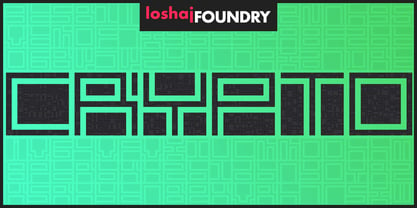
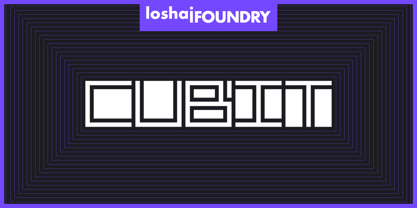
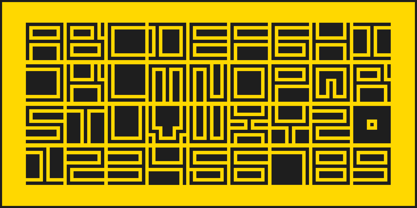
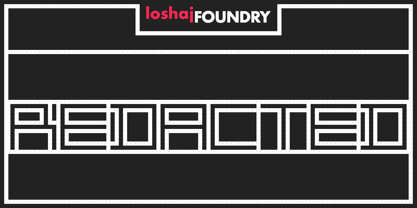
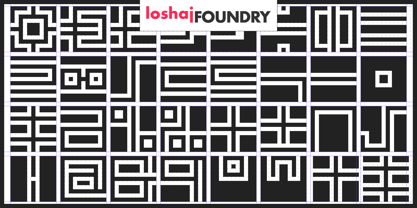
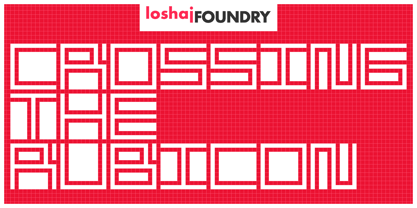
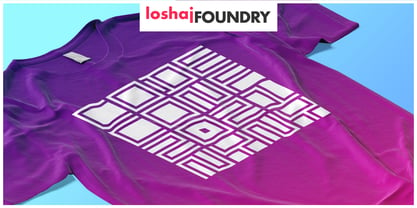
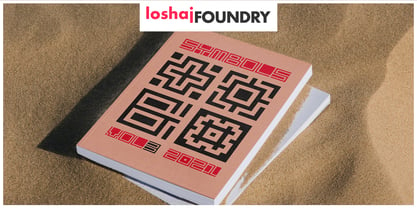

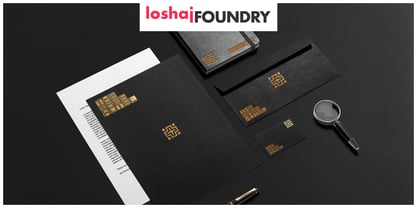

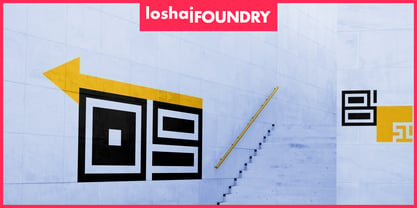
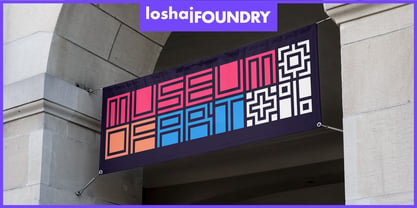
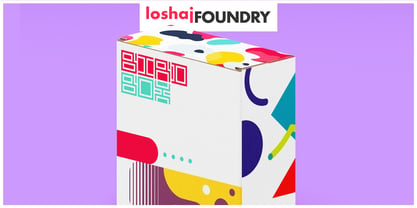

Sobre la familia Cubit Fuente
El fuente está pensado para ser utilizado como encabezado o titular fuente. La mayoría de los caracteres se basan en el mismo rectángulo y, por tanto, tienen la misma anchura, lo que muestra simetría. fuente contiene más de 300 glifos: mayúsculas, minúsculas alternativas, números, símbolos y caracteres acentuados para varios idiomas.
Diseñadores: Burim Loshaj
Editorial: Loshaj Foundry
Fundición: Loshaj Foundry
Propietario del diseño: Loshaj Foundry
MyFonts debut: 1 de mayo de 2019
Acerca de Loshaj Foundry
Loshaj Foundry fue fundada en 2013 por el diseñador multidisciplinar albanés Burim Loshaj. Muchas de las fuentes diseñadas por Loshaj Foundry se diseñaron en estrecha colaboración con artistas y diseñadores de Loshaj Creative. Además del diseño tipográfico, Loshaj Creative se especializa en diseño de interfaces de usuario, branding, impresión, editorial, ilustración, videografía, motion graphics y arte tradicional.
Seguir leyendo
Leer menos